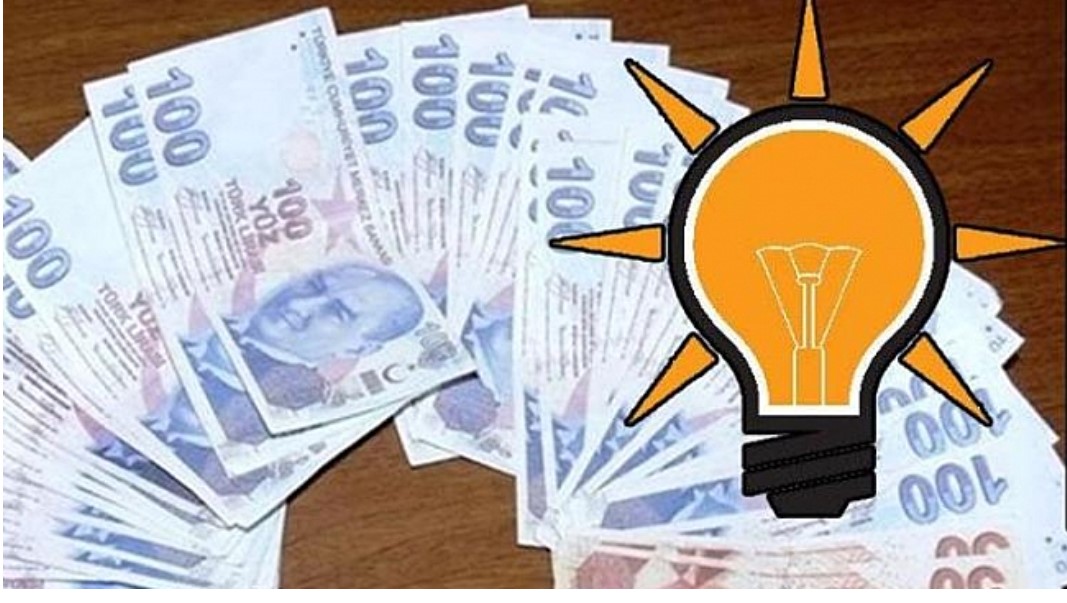There are countless examples of the dubious spending habits of Turkey’s ruling Justice and Development Party (AKP), from US$50,000 handbags for First Lady Emine Erdogan to purchasing political support ahead of elections. Yet there’s no greater proof of the AKP government’s reckless ways than the capital city’s failed amusement park, Ankapark.
Today, giant decaying dinosaurs tower over the $801 million ghost town in northern Ankara. When it opened, in March 2019, Ankapark, also known as Worldland Eurasia, was the biggest theme park in Europe. Spread over 1.3 million hectares with more than 2,100 rides and a parking lot that could accommodate 6,800 vehicles, the venture was called a “symbol of pride for Turkey” by President Recep Tayyip Erdogan.
But just two days after its grand opening, one of the park’s roller coasters failed, setting the tone for the weeks to come. As one visitor noted on Tripadvisor six months later, 20% of the rides were still not working and management didn’t seem to care. “Why have I paid a 75 lira entrance fee [about $13 at the time] for this?” the visitor wrote.
Then, in February 2020, because of an unpaid 2.5 million lira electricity bill, Ankapark’s power was turned off. It has been off ever since.
While the park’s demise was swift, the project was doomed from the start. Many experts expressed concern about its location and exorbitant price tag. The Chamber of Architects of Turkey filed more than 300 legal complaints to stop the park from happening, and feasibility reports suggested that the finances would never add up.
“For it not to go bankrupt it would have required 18 million visitors yearly to pay a minimum 50 lira entrance fee,” said Tezcan Karakus Candan, Ankara chairman for the architects’ chamber, in a 2021 documentary. That’s 2 million more visitors than Paris’ Disneyland, Europe’s most visited theme park.
In 2019, roughly half a million foreign tourists visited Ankara; the domestic market would have had to draw millions more for Ankapark to survive.
And yet the mayor of Ankara at that time, Melih Gokcek, who had been lobbying for Ankapark since the early 2000s – and had pushed legal changes to accommodate his dream – remained convinced that millions could be drawn to the park’s gates. Gokcek and the AKP remained committed to the project until its very end.
Dismissing public opinion, especially on matters of money, has become an AKP hallmark. During the Erdogan era, countless initiatives have permanently damaged the environment and drained Turkish national funds.
One of the crazier expenses at Ankapark was $1.8 million spent on plastic flowers and plastic trees. But that’s nothing compared with the president’s own profligate spending. Every day, the presidential palace doles out 10 million lira for food, cleaning, clothes, and other items. Even as Turkey’s economy has tanked, the palace’s bill has climbed steadily to nearly 4 billion lira annually.
Turkey isn’t alone with poorly planned parks. In 1998, construction stopped on China’s Wonderland, north of Beijing. Wonderland was designed to be Asia’s largest amusement park, but a dispute over property prices stalled the project. A brief attempt to restart construction in 2008 also failed, and now, the fairytale castles have been replaced by a luxury shopping mall.
But what sets Ankapark apart is its use as a political ploy to dominate headlines before the 2019 local elections, and to bolster the AKP’s image as the only party “working” for Turkey. When the park collapsed, the party acted as if it never existed.
Now, Ankapark is a literal, and political, wasteland. As is customary with AKP politicians, Gokcek blamed Ankara’s new mayor, Mansur Yavas, for the failure. Murat Kurum, the Turkish minister of environment and urban planning, went further, claiming that the disintegration of Ankapark was a classic example of the malfeasance of the Republican People’s Party (CHP). In other words, Ankapark wasn’t the problem, the CHP was.
These falsehoods were consistent with the AKP’s deflective defense mechanisms and how the party’s leaders blame others while failing to take responsibility themselves.
During his decades-long campaign to promote Ankapark, then-mayor Gokcek repeatedly insisted the venture was “the second-biggest project financed by the state in the nation’s history.” If that is true, what was in it for the AKP? Why were millions spent on a theme park when those funds could have been used on more pressing issues – such as building homes for Turkey’s poor or helping thousands of students receive access to education for free?
Even basic plumbing would have been a wiser use of the money. Ankara’s infrastructure problems, particularly water distribution, could be solved with $600 million. Instead, city taps run dry while $801 million worth of robots, dinosaurs, plastic flowers, and malfunctioning rides rot in the sun.
asiatimes.com
